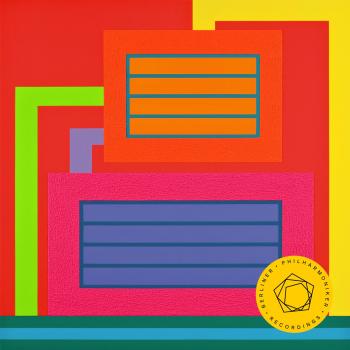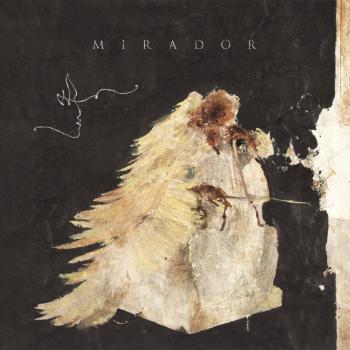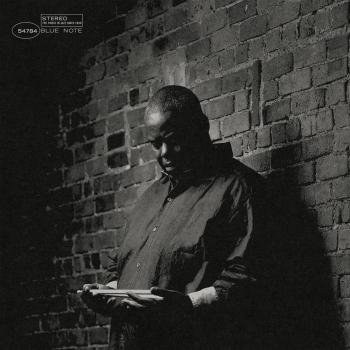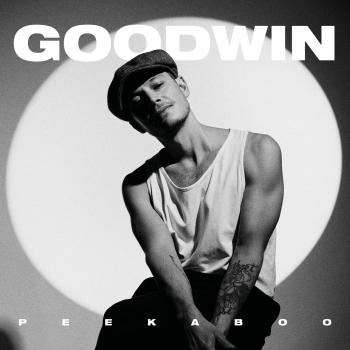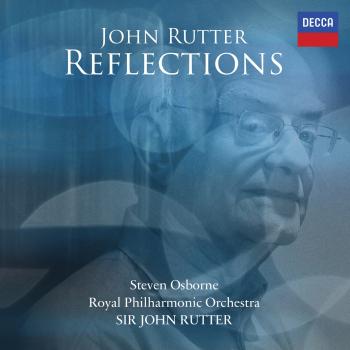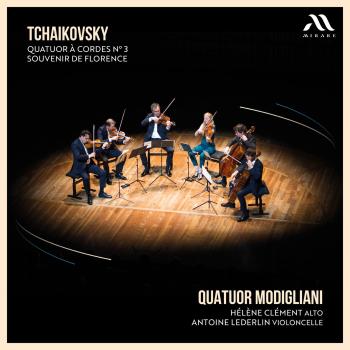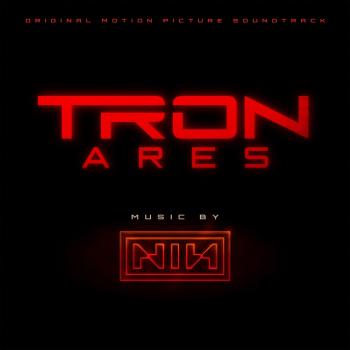
Goodbye To Language Daniel Lanois & Rocco Deluca
Album info
Album-Release:
2016
HRA-Release:
09.09.2016
Album including Album cover
- 1 Low Sudden 02:39
- 2 Time On 05:07
- 3 Falling Stanley 02:22
- 4 Deconstruction 03:50
- 5 Satie 04:10
- 6 Three Hills 02:52
- 7 Heavy Sun 02:35
- 8 The Cave 01:36
- 9 East Side 01:54
- 10 Later That Night 04:53
- 11 Suspended 01:27
- 12 Blue Diamond 03:20
Info for Goodbye To Language
Daniel Lanois is one of the most influential record producers of the modern era: the man who brought Bob Dylan back; longtime collaborator with Brian Eno, soundsculpting a series of mammoth releases for U2; and producer of breakthrough late-career albums by Willie Nelson and Emmylou Harris. But before all that, Daniel Lanois was an experimental musician, recording his unique guitar voicings for groundbreaking albums with guys like Brian Eno and Jon Hassell, along the way helping to invent a genre called ambient music. 'Goodbye to Language' is the perfect joining of the dots, through the world-changing experiments of his early days with Eno, to his flights through the most rarefied atmospheres of the mainstream of music. Constructed entirely from the sounds of the pedal steel guitar, Daniel on the pedal steel and his mate Rocco Deluca on the lap steel with compositional rigour that recalls the 20th century dreamscapes of Ravel and Debussy, with a sense of sonic futurism and yet also with the naturalness that can only come from someone rooted in centuries of grassroots music. And while fusions of influence can sometimes lead to homogenisation in the blending of source material, this record does precisely the opposite: it's about highlighting the highest common factors from a lifetime of influences.
„On 2016's Goodbye to Language, veteran producer Daniel Lanois and frequent collaborator Rocco DeLuca team up for an album of shifting experimental soundscapes created with lapsteel guitars. The album is far closer to Lanois' pioneering ambient works with Brian Eno, Harold Budd, and Michael Brook from the 1980s than his subsequent, more rootsy singer/songwriter albums. As the album's title suggests, there are no lyrics here, and the feelings evoked by this music can't accurately be expressed by words anyway. As simple as the idea of an ambient steel guitar album sounds, there's a lot going on here, and it never feels like mere background music. The guitar playing itself tends to be gentle, but it's filtered through a wide array of effects and subtle manipulations, resulting in a surreal hallucination of Americana. The album brings to mind any number of recordings featuring B.J. Cole, as well as Evil Graham Lee's steel guitar playing on the KLF's Chill Out, and while it evokes a spiritual journey similar to that iconic album, it feels far more fragmented and abstract. There are numerous moments where the guitars rapidly cut out, cluster, or change timbre as if they've been edited musique concrète-style. It's very disjointed, and there's no way to mistake the sudden, jarring shifts, but somehow it still manages to flow smoothly, even (for the most part) peacefully. Only one piece on this album ('Deconstruction') was recorded by Lanois solo, and it's easily the darkest, eeriest cut, with strange rifts bubbling under the desolate melodies and waves of abrasive distortion rivaling Fennesz or Tim Hecker. Goodbye to Language is a powerful, intoxicating album and one of Lanois' best works in at least a decade.“ (Paul Simpson, AMG)
Daniel Lanois, pedal steel guitar, treatments
Rocco Deluca, lap steel
Daniel Lanois
Superstar producer Daniel Lanois’s career – which includes long-standing working relationships with the likes of Brian Eno, U2 and Emmylou Harris – has its humble roots in a converted early-1900’s Edwardian house in Hamilton, Ontario.
Born in Hull, Quebec, on September 19, 1951, Lanois moved to Hamilton at age 10. He created his first makeshift studio in the basement of his mother’s Ancaster, Ontario house at age 17. And it was at the Edwardian house on Grant Avenue, which bought in 1976, where he made his bones as a producer, working the boards for the likes of new wavers Martha and the Muffins, children’s entertainer Raffi, and singer-songwriter Ray Materick, among others.
Then Lanois began working with former Roxy Music member and electronic music pioneer, Brian Eno. The pair collaborated on 1982’s Ambient 4: On Land and 1983’s Apollo: Atmospheres and Soundtracks, the latter of which was recorded at Grant Avenue. Several production invitations were sent Eno’s way during their time together, including by Irish rock band U2 who were looking to change up their sound after the success of 1983’s War album. After much discussion Eno offered to helm the record that would become The Unforgettable Fire and suggested Lanois be his partner. The band agreed.
Lanois’s association with U2 proved to be his gateway into the production big leagues. He helmed Peter Gabriel’s So album, released in 1986 and Grammy-nominated as Album of the Year, following that with The Band member Robbie Robertson’s eponymously-titled debut solo album and U2’s The Joshua Tree, again with Eno and this time an Album of the Year Grammy winner. For his efforts Lanois won the 1987 Producer of the Year JUNO.
Lanois used his newfound fame to help launch a solo career. His debut record, Acadie (1989), recorded mainly in New Orleans, was well-received and featured high-profile guests like Eno, U2’s Adam Clayton and Larry Mullen Jr, and Aaron Neville of the Neville Brothers. Several solo albums have followed, along with 2010’s Black Dub project which featured Belgian singer/bassist Trixie Wheatley on vocals.
U2 and Peter Gabriel continued to employ Lanois in the ‘90s, while his client list expanded over the next two decades to include Ron Sexsmith (1994’s Ron Sexmith), Emmylou Harris (1995’s Wrecking Ball), Bob Dylan (1997’s Time Out of Mind, which won an Album of the Year Grammy) and Killers’ frontman Brandon Flowers (2010’s Flamingo).
Lanois has also worked extensively in film. He and Eno worked on the score for David Lynch’s Dune (1984), and Lanois has provided music for the Oscar-winning film Sling Blade (1996) and an instrumental score to the Pixies documentary loudQUIETloud (2006). Lanois also produced a documentary on the making of his 2007 solo album Here Is What Is that played at the Toronto International Film Festival.
Lanois was inducted into the Canadian Music Hall of Fame in 2002 and remains an active producer and artist to this day. His recent projects include co-writing and co-producing The Killers’ 2012 album Battle Born and producing Rocco DeLuca’s self-titled fourth album, released in 2014. Lanois’s latest solo album is 2014’s Flesh and Machine.
This album contains no booklet.


